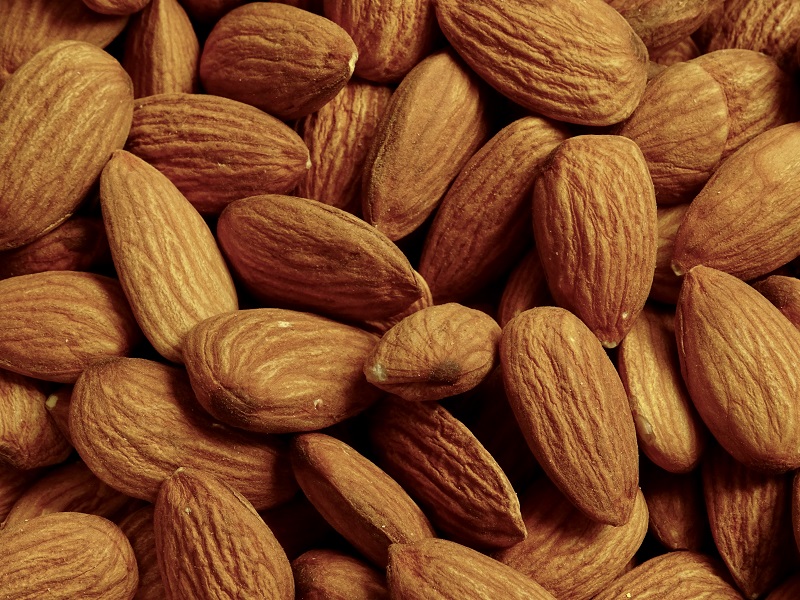As fall and winter seasons approach, there are several important considerations blueberry growers in Florida should be mindful of. If additional plantings are anticipated for this winter, site preparation should already be under way. Soil drainage, perennial weed control, soil pH adjustment, laying out the irrigation system, and the addition of soil organic matter are common pre-plant considerations.
If you have ordered plants for delivery this winter, it is a good idea to maintain close contact with your nursery grower and have assurances that the plants are healthy, growing well, and legally propagated. Essentially, all University of Florida southern highbush blueberry (SHB) cultivars that are currently grown for commercial use in Florida are patented, and licenses from the Florida Foundation Seed Producers are required for their legal propagation. Establishing a blueberry field in Florida is a large investment. High-quality plants are critical for a good return on your investment.
Blueberry fields in July and August should be in a state of rapid vegetative growth. Summer pruning (usually completed by mid- to late June), along with effective fertilization and a thorough summer spray program, sets the stage for a strong summer growth flush, which is needed for good berry production the following year. The new growth that develops after summer pruning will produce most of the 2011 crop.
Feeling Flush
To better understand the importance of the summer growth flush on berry production, some background information on flower bud set and development is helpful. In Florida, flower bud initiation and development for SHB occurs during the late summer and fall. During vegetative growth, one bud develops on the stem for each leaf that is produced. The bud is located just above the point where the leaf petiole meets the stem. These buds are vegetative when they first develop. Depending on day length, temperature, and plant condition, some of them will convert to flower buds during the late summer and fall. Flower buds develop first on the older current-season’s wood that grew during the spring and last on the vigorous upright growth that develops after postharvest pruning. As flower buds develop, they become larger and rounder. They can easily be distinguished from vegetative buds during December and January. Research has shown the conversion of vegetative buds to flower buds is controlled by day length and temperature. Day length is measured by special plant pigments contained in the leaves and buds.
As days shorten during the fall, vegetative buds gradually convert to flower buds. Experiments show high temperatures reduce flower bud initiation, even when days are short enough to induce flower bud initiation (1).
Moreover, flower buds initiated under high temperatures are smaller and develop less fully than those initiated under lower temperatures. This might partially explain why yields are often higher in North-Central Florida where fall photoperiods are slightly shorter, and night temperatures are cooler than in South Florida. Although limited winter chilling, which often occurs in South Florida, also can be problematic for high yields.
Building Buds
Researchers on Path To Make Apple Blossom Thinning Easier
(1) Spann, T.M., J.G. Williamson and R.L. Darnell. 2003. “Photoperiodic Effects on Vegetative and Reproductive Growth of Vaccinium darrowi and V. corymbosum Interspecific Hybrids.� HortScience. 38:192-195.
(2) Williamson, J. G. and E. P. Miller. 2002. “Early fall defoliation reduces flower bud number and yield of southern highbush blueberry.� HortTechnology 12:214-216.
0
1
5
Preparation Pays For Better Blueberry Production
Jeff Williamson is a UF/IFAS professor and blueberry Extension specialist based in Gainesville.
See all author stories here.









